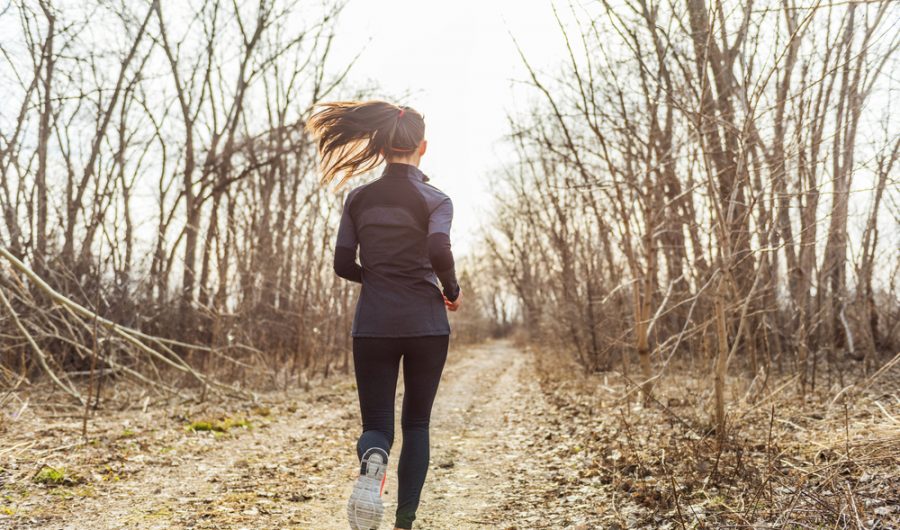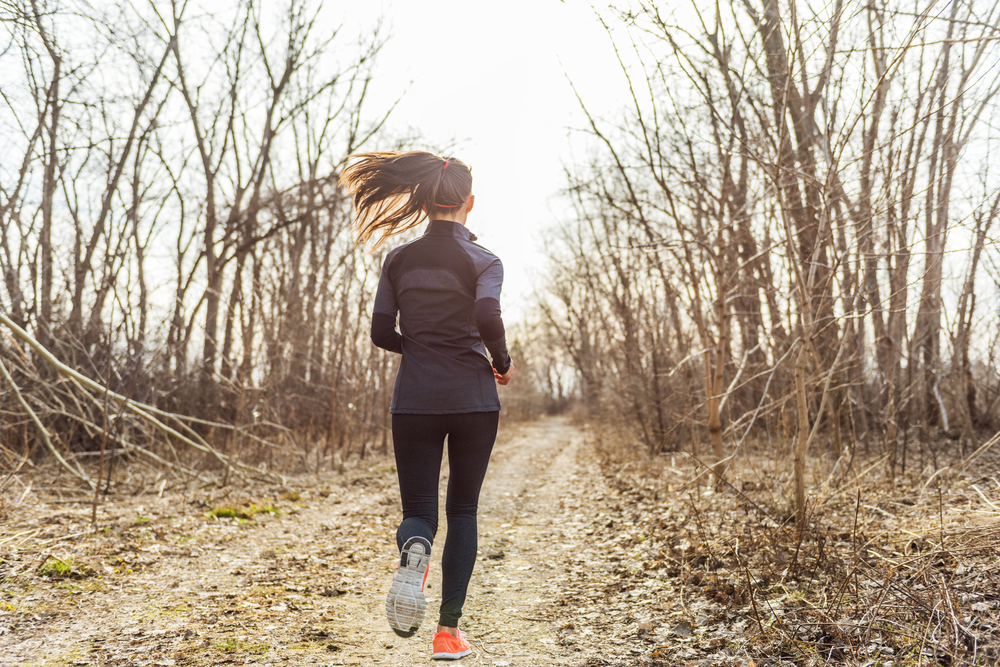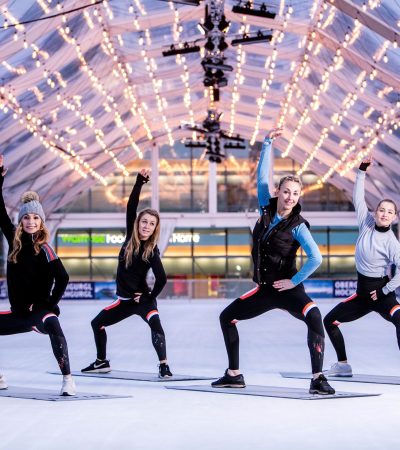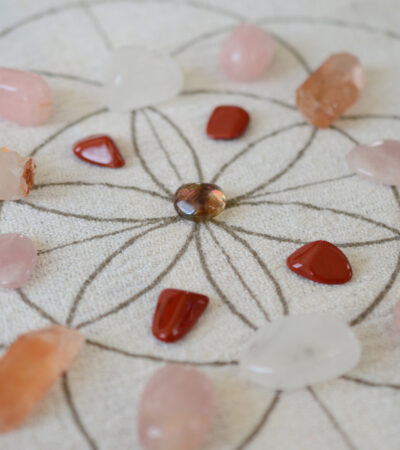So, you’ve signed up to the Virgin Money London Marathon and then reality hits: you have to train throughout the darkest, longest, coldest days of the year – Winter. How are you going to fit all of your road running in? Is a treadmill a suitable stand in? What about your body – is it going to cope in the freezing temperatures? Well, stick with us – we’ve got everything you need to know about winter marathon training.
Can I Train Inside?
You can totally train inside, but make sure that it’s within reason.
With shortened daylight hours and cold weather, there is obviously going to be an overwhelming temptation to hammer your gym membership and take your training inside. Whilst this could be considered safer, it’s not as challenging as road or trail running.
Ideally, you need to find a mix. Plan your week to include a minimum of two outdoor runs – perhaps you could squeeze this in on the weekend.
However, in the last 6 weeks leading up to the marathon, try to get out of there as much as possible. This will make sure that you’re physically and mentally prepared to run the road distance.
Are Treadmills A Good Substitute For Training Outside?
It’s mentally harder – particularly on long runs – but there are a few things you can do to make the most of your time on the machine.
Run with at least 1% incline: Did you know that running on a 0% incline is similar to running on a slight downward slope? Ramp up the incline to 1% and as you get fitter, raise it to 1.5% or even 2%.
Challenge yourself: Running on a treadmill means that you don’t have the challenges of the road. Make sure you changing speed and inclines regularly to stimulate different muscle groups during your run.
Up the pace: The treadmill is doing some of the work for you by making your legs move, instead of you having to actively push yourself forward. So make sure you’ve got a good pace set on the treadmill to really mimic your normally running style.
Charlotte Holmes, teacher at Another Space and trainer on MTV Beach Body SOS recommends a “quick 20 min HIIT blast with minimal or no equipment, or perhaps a yoga flow to get the heart pumping”. And thankfully, according to Charlotte, “doing more than just running will, against popular belief, increase your running strength and stamina and make you fitter and stronger overall”. We’ll take that!
Can I Train Outside In All Weather Conditions?
Within reason. It’s advised that you should only train in the rain, snow or sleet for a minimum of 45 minutes. Cold weather is fine, but unnecessary injuries can easily occur if the conditions are slippery/icy.
Getting wet on a run can really set you back (you don’t want to come down with a cold or flu) so work quickly to reverse any potential damage – get warm and dry immediately after a run.
Will The Cold Weather Affect My Muscles?
Charlotte Holmes suggests not. “DOMS shouldn’t be affected by the cold weather although it may superficially feel that way”, she explains. “As long as you’re warming up, cooling down and doing the correct rehab, including eating correcting and foam rolling, then you should be okay”, Charlotte finishes.
Should I Be Eating Or Drinking Something Different In The Cold Weather?
Despite the weather, you should still be consuming the same amount of fluids.
The only difference is that you won’t be feeling the outward signs of your workout as much. Eat and drink on your long runs just as you would during the Summer.
Should I Be Doing Anything Different To Recover?
It’s very easy to hibernate in the Winter and put off your marathon training until the next day, so preparation and recovery is key to feeling up to it.
Getting enough sleep will really help, as well scheduling stretching sessions and even yoga to help with flexibility and mobility in the muscles. Regular deep tissue massages are also a good idea to keep everything ticking over and promote blood flow.
Finally, up your water. During colder days, its easy not to reach for your cold water bottle. If it helps, try replacing your water with lots of herbal teas. You’ll still be hydrating your body effectively and you’ll be feeling a lot warmer!
words by Katie Meadway
Other articles you might love…















